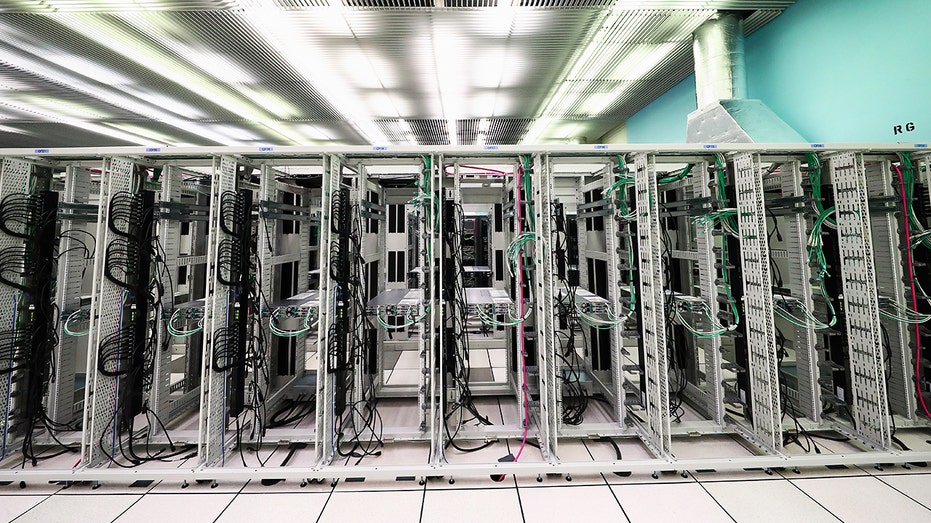
BREAKING: A powerful computer chip designed for artificial intelligence is set to launch into space aboard the Starcloud-1 satellite, marking a potential revolution in data processing. The NVIDIA H100 GPU, renowned for its capabilities in training advanced AI models, will leave Earth with the mission of testing orbital data centers.
This groundbreaking initiative is led by Starcloud, a startup based in Redmond, Washington. The launch, expected to take place soon, aims to explore whether data centers can effectively operate in space, potentially transforming how we process information and handle data storage on Earth.
Starcloud’s ambitious project could significantly reduce pollution and resource consumption associated with traditional data centers. “The only environmental cost is the launch,” stated Philip Johnston, CEO of Starcloud. He added, “After that, we could save ten times the carbon emissions compared with running data centers on Earth.” This shift is vital as communities seek greener technology solutions.
The Starcloud-1 satellite, comparable in size to a small refrigerator, will utilize the H100 GPU to process vast amounts of satellite data directly in orbit. This capability will enable rapid analysis of images concerning wildfires, crop monitoring, and weather patterns, eliminating delays caused by sending data back to Earth for processing.
As the satellite prepares for launch, the mission will also serve as a test for Google’s Gemma language model, marking the first instance of a large AI model operating in space. This integration is poised to enhance Earth monitoring and disaster response, promising faster and more efficient outcomes for critical situations.
Starcloud’s long-term vision includes constructing larger, solar-powered data centers in space, cooled naturally by the cold vacuum of orbit. Future developments may involve the next generation of NVIDIA GPUs, dubbed Blackwell, which promise even greater performance enhancements. The company envisions a massive 5-gigawatt orbital data center measuring approximately 2.5 miles wide, capable of managing substantial AI workloads while significantly reducing costs and carbon emissions.
With launch costs decreasing, the prospect of establishing data centers beyond Earth’s atmosphere is becoming increasingly feasible. Johnston believes that by the 2030s, many new data centers could operate in orbit, fundamentally changing the landscape of cloud services.
If successful, this mission could dramatically enhance the technology that powers everyday applications, games, and AI tools while minimizing environmental impact. Space-based data centers could accelerate disaster response efforts, improve weather forecasting, and conserve millions of gallons of water each year.
As technology continues to evolve rapidly, the idea of floating data centers may soon transition from science fiction to reality. Each mission like this contributes valuable knowledge toward building a sustainable digital future.
What are your thoughts on data centers in space? Is this an exciting innovation, a risky venture, or both? Join the conversation at Cyberguy.com.





